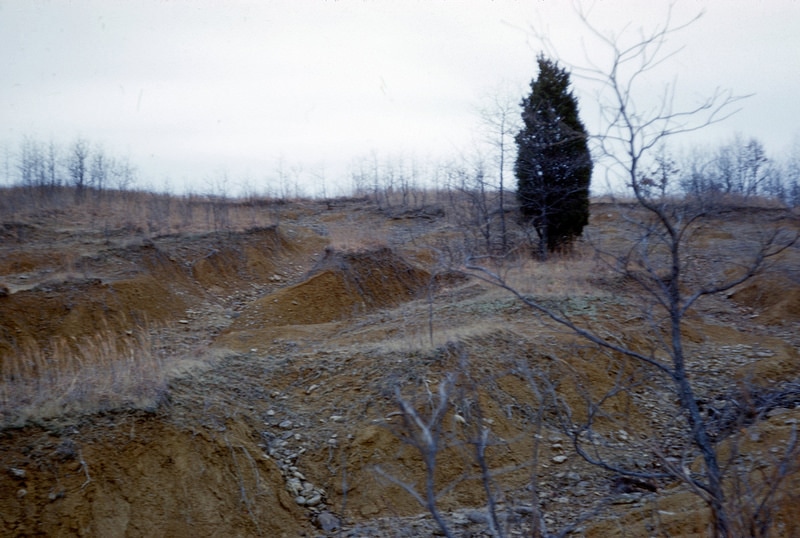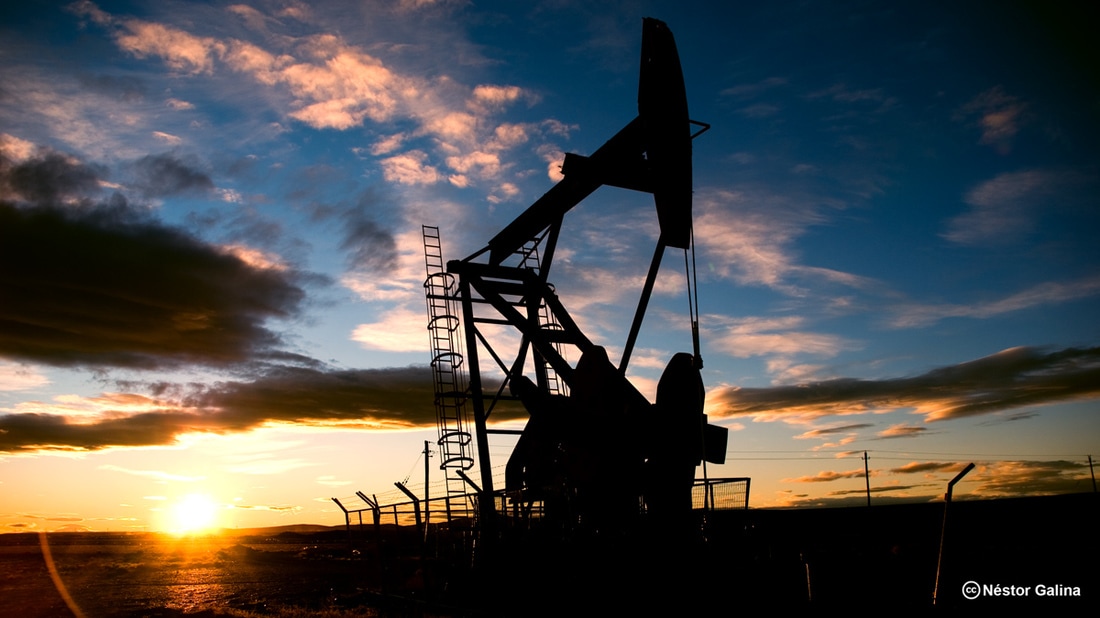|
A very common concern mentioned in the media is the accelerated loss in global biodiversity we are currently facing but what danger does this really cause to our daily existence? This element to biodiversity loss is rarely tackled in the media however it is the most extreme and worrying one. Indeed the loss of majestic mega fauna such as the Tiger and Elephant are catastrophic but our loss of local natural habitats and insect life pose a more instant threat to our existence. It should be noted that one third of all the worlds agricultural crops depend on pollination from insects. Productivity from these crops has seen a dramatic reduction especially in the last 50 years. But it is not just the crops which directly rely on pollinators which are at risk from the loss of biodiversity. The majority of food produce found in our supermarkets today are grown by large commercial monoculture agricultural systems. The soil they are grown in is bleached with fossil fuel based phosphates, nitrates and potash three nutrients that are essential for plant growth. In nature these nutrients are provided by a complex ecosystem of mostly microscopic life including many microbes and fungi. On average a healthy plot of land will contain two tons of soil life per hectare. In a natural soil ecosystem animals, insects, plant species and fungi will work together to recycle nutrients in the system and maintain soil fertility. Current agricultural chemical processes have meant soil microbes and beneficial fungi have been in decline. This has led to soil degradation a process leads to a lack of soil structure and growing viability. It is becoming more obvious biodiversity within our soil and its interrelations with the wider ecosystem could seriously damage our ability to feed human populations. There are critics which argue that we can grow crops today in hydroponic systems which do not require soil but they are seriously fooled by the reality of the fundamental mathematics involved. Using current modern industrial methods of farming we on average consume 5 calories of fossil fuel energy to produce only 3 nutritional calories. The new indoor hydroponic systems rely on three times this energy amount for the same return with large flood lights and chemical feeds. It is true that the current way human beings are feeding themselves in the developed world is completely reliant on oil and will not carry our existence into the next quarter of a century at current levels. The only way we can ensure food production of any sort will require the balance and interactions of wilder ecosystems with their sustainable nutrient cycles and renewals. It is the fundamental concept of a complete healthy interrelated ecosystem that is the only way to ensure human food security into the next century. So it seems biodiversity is directly linked to our survival today but does this mean we have to wait until the reduction in global oil? How long could that be? Current predictions of oil depletion have so far have been completely wrong but one thing is for sure we are either at a peak or have peaked. There are a number of scenarios and indicators which means declining biodiversity could be the end of human civilisation as we know it a lot sooner than we could have ever imagined. The reason all types of species including, plants, trees, bacteria, microbes, fungi, reptiles, birds and mammals are all needed for each other’s survival is due to millions of years of interaction and interdependent cycles. If one species ie humans find a way to partially separate themselves from the system an ecological deficit will occur. Such deficits will always be balanced by nature in the end this is a fundamental concept of science. A good example of this is our discovery of antibiotics which has aided the human race to a population explosion over the last one hundred years. In recent times the scientific discovery some bacteria are gaining resistance shows the Russian roulette we are now playing with our place in the world’s ecosystems. As our crops become more engineered and highly bred for faster quicker yields with resistance to this resistance to that we could find our future crops could become so delicate and fragile to new pests and disease strains our species and modern world could quite literally fall apart in front of our eyes. It is a fact that biodiversity lower in the food chain is fundamental to our future food security but what about the extinctions of Rhino and Tiger? Are they not as important to human survival? Rhinos have a very important role to play in the savannah ecosystem they have the ability to grind down invasive and fast growing brush allowing other smaller species to get a foot hold. Major carnivores such as Tigers keep herbivore populations fit and healthy consuming the slowest and most unfit animal’s only allowing survival of the fittest to breed and produce the next generation. And so it is clear Biodiversity has some very complex and interrelated factors associated when we investigate the relevance to our own survival. One thing is certain a healthy ecosystem relies on all species to create balance whether it’s a stalking tiger or bacteria in the soil our future as a species relies on the ecological health and balance of our common environment in which we live. In order to address some of the symptoms of biodiversity loss landscape use and design has to be at the forefront of solving the decline of species. In urban environments sustainable landscaping such as naturalistic parks and living roofs can clean pollutants out of the air reducing the poisoning of insect and aquatic life. Such ecological landscaping in towns and cities can provide nesting opportunities for insects, mammals and birds encouraging wildlife to live in amongst us pollinating our crops and feeding on pests. Using sustainable landscape architecture and planning to integrate wilderness, agricultural and urban environments stimulating interaction with nature and encouraging locally produced foods from farm and wild produce. Sustainable landscape planting schemes can be more diverse and incorporate plants which provide more pollen for insects and butterflies. Larger regional strategies can be drawn up to connect wild areas and re wild large sections of our countryside. Woodlands can be combined with agro forestry permanent food systems and orchards producing fruit and nuts for the populations. Large areas of wild woodlands can be managed for sustainable timber creating rural jobs and boosting rural economies. Such strategies could curb negative effects and a recent distaste for globalisation allowing subsidised housing for rural workers in new eco communities. These local traders relieved from the financial pressures of the housing crisis would enable local crafts and business to flourish such as wood carving, mushroom cultivations and specialist game keepers. Large regional ecological landscape planning could create a more diverse spread out patchwork of interrelated wild, agricultural and urban housing boosting biodiversity and the economy at the same time. Re introducing once common extinct species such as the wolf and bear would set a better example to developing nations that the future of the developed world can mean more wild environments. New wildlife eco tourism and game sports could be encouraged to boost conservation and development revenues allowing a future where biodiversity levels are accelerated and local economies boosted. It is clear that biodiversity is vital for our survival especially for the future of our species but with using the fundamentals of sustainable landscaping and ecological landscape design we can create a less centralised world and more diverse landscape where biodiversity and the quality of people’s lives are enhanced.
0 Comments
Leave a Reply. |
AuthorPaul Nicolaides is a landscape Architect from North London and Director of Ecospaces Limited ecological Landscape design & build contractors. His ambition is to help accelerate change to a more sustainable ecological society. A society that plans its urban environments integrating agriculture, wildlife habitat, natural processes, recycling, industry, and sustainable urban drainage. Above all Paul aims to integrate these disciplines and realise there compatibility both on a local and landscape level. Archives
July 2018
Categories |
Photos from Tauralbus, Kurayba, ChodHound, tristanloper, scott1346, Sustainable sanitation, RobBixbyPhotography, The hills are alive*, Bobby McKay., ell brown, ncwetlands.org, Drantcom, alh1, Verokark, U.S. Embassy New Delhi, John Brighenti, umseas, wuestenigel, nestor galina, Sander van Dijk, mikecogh, oatsy40, foundin_a_attic, ndrwfgg, The Garden Smallholder, Aaron Volkening, wallygrom, Sander van Dijk, Base Camp Baker, Local Food Initiative, Kansas Poetry (Patrick), blachswan, infomatique, Phil Roeder, aschutz57





 RSS Feed
RSS Feed
